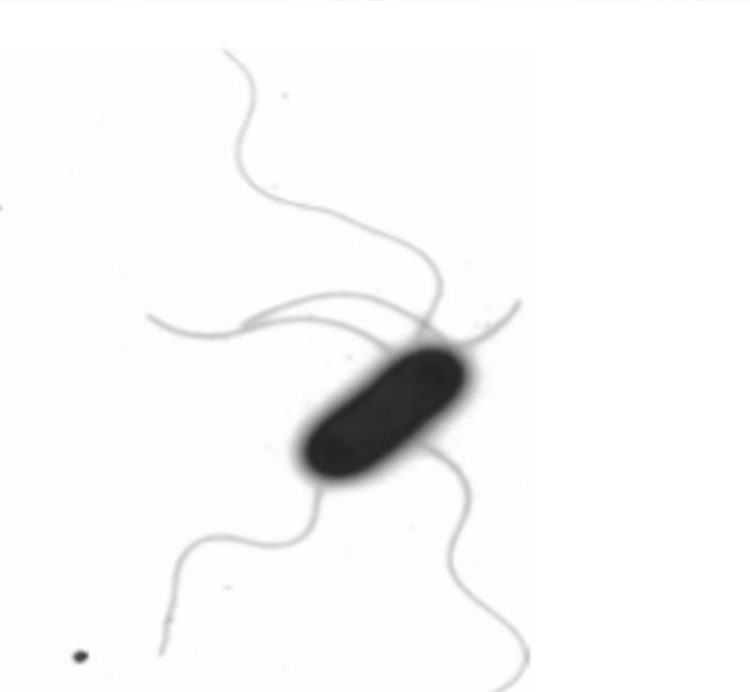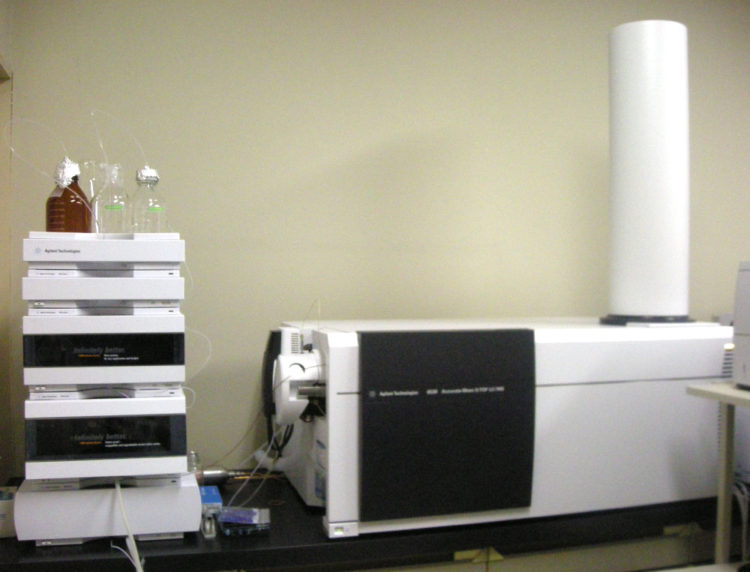Introduction of Hazaka Plant Research Center
About 10 billion bacteria (microorganisms) per gram live in the compost produced in the Hazaka Plant. These bacteria are efficient and ferocious groups who have won continuously in intense competitions for years, in the process where various organic wastes are composted.
In these bacteria, there are many types of bacteria which are expected to be applied to human society, such as bacteria which can perform high decomposition of wood biomass, others that can produce antibiotics, or those that can decompose a type of harmful organic compound. We isolate and classify these microorganisms one by one and clarify the characteristics, to reveal the microbiological features of the Hazaka Plant that are being applied.
We also perform extensive research, such as analysis of the changes of the organic compounds including the odor of the composting process, the effectiveness of the produced compost, and features of the harvested farm products.
Currently, our research is concentrated in the following four fields.
Microorganism Field
Discovery of World’s First Bacteria
- We isolate and classify the bacteria (thermophilic bacterium) which live in the high temperature environment (50 to 80 ℃) of the Hazaka Plant. There are many taxonomically new bacteria that flock to the Hazaka Plant. As shown in the following photo, we have discovered many extremely unusual bacteria, and have proposed the scientific names and obtained approval from the International Academic Society. All of these bacteria are the world’s first discovery.
- We search for secondary metabolites, such as useful enzymes and antibiotics from the bacteria isolated from the Hazaka Plant and the genome information, in order to find possible applications.
- We decomposed crystalline cellulose which is also a component of wood biomass from a new bacteria “Thermosporothrix hazakensis” which was discovered and named in this research center, and discovered a new cellulase having features which remain active in a wide temperature range and pH.
Example of a Typical Discovery

Scientific name: Thermosporothrix hazakensis
Features advocate this bacteria as a new family, new genus and novel species, having strong decomposability against cellulose and xylan which are components of wood biomass. It became clear that how these bacteria preserve their offspring (spore formation) is a completely new formation, with no such example reported for a procaryote.
Furthermore, the bacteria indicate a typical Ktedonobacteria formation where the spores adhere to the aerial mycelium branched from the form. However, it also became clear that the bacteria belong to the phylum Chloroflexi which greatly differs from the actinomycetes strain. Although the actinomycetes are the main source of production of the antibiotics and etc., the strain of this hazakensis has the potential to become a source of microorganisms to produce antibiotics and etc. in the future, next to the actinomycetes.

Scientific name: Thermaerobacter composti
Also, the bacteria has been advocated and approved as a novel species; however, the feature is its extreme thermophile. Although this Thermaerobacter was originally said to be a marine microorganism isolated from the hydrothermal venting holes in the ocean, it was the first time to discover this bacteria in compost. The bacteria can grow in temperatures up to 78 ºC. Conventionally the genus Thermus was the only thermophilic bacteria which originated in compost that is known to grow in temperatures up to 78 ºC. However, there is a possibility that this composti survives in the aerobic environment during the fermentation of the compost, and bears a portion of the role to increase the fermentation temperature up to 75 ºC or more.
Compost, Soil & Waste Analysis Field

- We perform periodic research of the compost produced from the 15 Hazaka Plants spread across the country, and the soil of farm fields using this compost, to analyze and control the fertilizer components, harmful heavy metals and etc. We also perform analysis and confirmation to ensure that harmful substances beyond the standards are not contained in the organic waste to be processed.
- Precision instruments, such as a GC/MS and LC-MS/MS are used to analyze the odor components of the composting process and the changes in the organic compounds.
Plant Field

GC/MS, LC/MS and other instruments are used to analyze the odor components of the fermentation process and the changes in the organic compounds. We perform analysis of how the organic compounds change with the type of waste, fermentation environment, oxygen concentration, pH and etc.
Vegetation Field

We perform analysis of the nutritional information, aroma components, minerals and etc., of harvested farm products grown with the compost produced in the Hazaka Plants.
Main Research Equipment List
LC/Q-TOF (LC-MS/MS)

This instrument is for measuring the accurate mass with a quadruple time-of-flight mass spectrometer, by isolating the organic compounds dissolved in liquids into various columns by liquid chromatography.
・Mass analysis of secondary metabolites produced by the microorganisms
・Analysis of residual agricultural chemicals and etc. in farm products and compost
・Analysis of the nutritional information (amino acids, vitamins, etc.) of farm product
・Qualitative analysis of the organic compounds contained in the compost and etc.
GC-MS (with Olfactory Analysis Function)

This is a gas chromatography with quadruple mass spectrometer. The “Olfactory Analyzer” which analyzes the gas components and organic compounds, analyzes the actual fragrance and odors of each component (peak).
・Measures the harmful substances, such as the VOC and etc. of waste
・Measures the fatty acids of microorganisms
・Measures the fragrance and odor components of food products, beverages, compost and etc.
ICP-MS

This instrument performs qualitative and quantitative measurements of elements, such as copper, zinc, lead, manganese and chromium.
・Measures the heavy metals in waste and fertilizers
・Measures the trace mineral quantities in farm products, soil and compost
Other Equipment
Germanium semiconductor detector, ICP optical emission spectrometer, fractionation HPLC, atomic absorption photometer, carbon/nitrogen auto analyzer, phase and fluorescence microscope, clean bench, PCR instrument sets and others
Outline of Hazaka Plant Research Center
| Name | Kennan Eisei Kogyo Co., Ltd., Hazaka Plant Research Center |
|---|---|
| Representative | Shuhei Yabe, Director of Laboratory |
| Instructor of Microorganism Field | Professor Akira Yokota, former Associate Professor at the University of Tokyo, Currently Professor at the National University of Indonesia |
| Contact | For inquiries, use this Inquiry Form. |
The published papers of the Hazaka Plant Research Center can be referred to on the following Research Center Published Papers page.